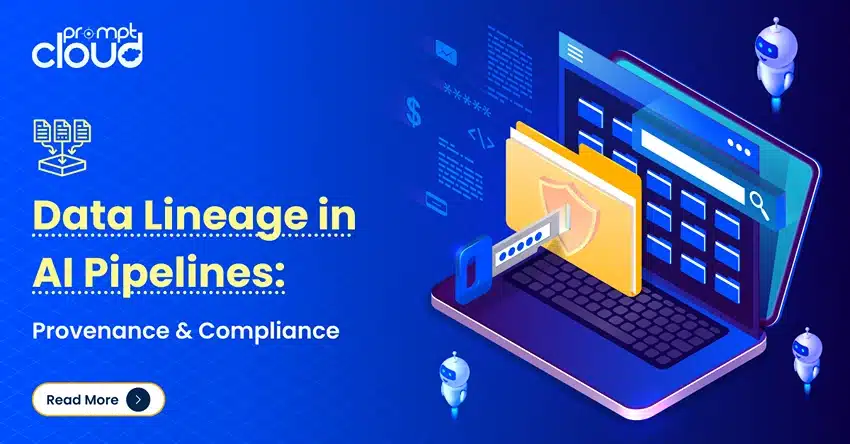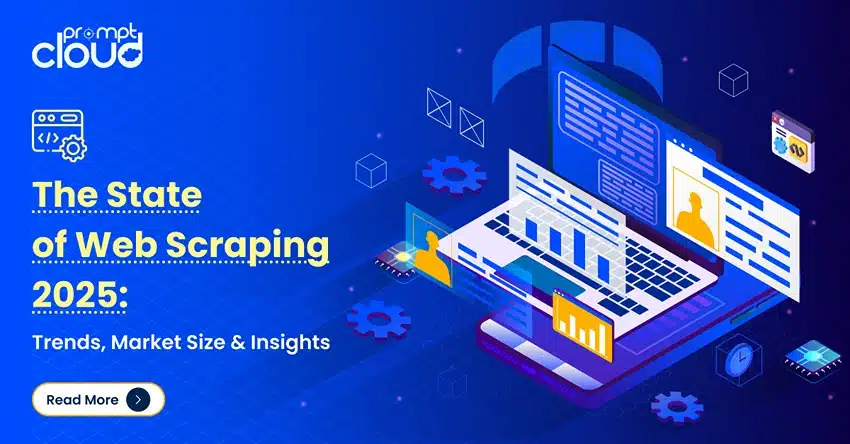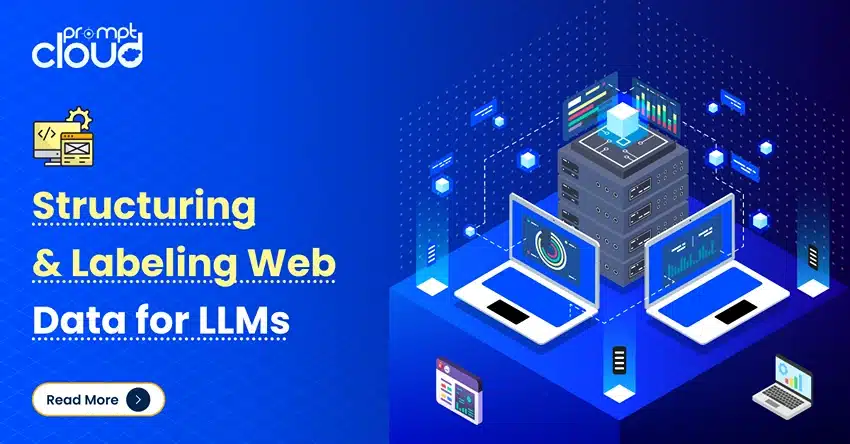
The world is driven by high-end technologies. These technologies continue evolving at a frantic pace to keep up with the shifting preferences of modern-day customers. Companies to look up to these new technologies to help them engage better with their customers and create a superlative user experience when acquiring new business or referrals.
Of the many new forms and shapes of technology evolution, the most dominant ones have been around big data best practices. And this is hardly surprising considering that more data has been created in just two years than in the total mankind’s history before that. This feat is matched by the vast array of 50 billion devices, channels, and sources of collecting the data. Add to it the presence of both structured and unstructured data and what you get is a whole new ecosystem full of business challenges and potential opportunities.
In the face of such a disruption, it will be unwise to ignore the RoI presented by Big Data. Ignoring this behemoth can only mean losing out on customer pulse and handing over your clients to the competition on a platter.
If you are a business owner or entrepreneur seeking tremendous growth for your business, then make sure you understand the importance of big data and start using it effectively.
Importance of Big Data For Industries
As we previously mentioned, it’s not about how much data a business has; it’s about how effectively it can use that data that makes the entire difference. When used effectively, big data can help businesses in:
- Cost reduction and boosting efficiencies in operations
- Better product development and personalized offerings that seek to address the actual pain points faced by your target customers
- Faster time to market, better growth acceleration, and faster target achievement
- Tailored customization of sales and marketing messages for better revenue generation
- Great decision making
- Goal realization well before the deadline
Its benefits multiply when big data is combined with proper analytics. In such a case, it can help in:
- Deciding what the root cause of any project failure is. It helps in figuring out the one factor which caused maximum harm, followed by other things that played their part. Everything is done on a real-time basis; hence, the results are 100% accurate.
- Tracking customers’ buying behavior and enabling businesses to provide them lucrative discount coupons/ attractive deals accordingly. This practice multiplies sales many times.
- Recalculating the entire risk exposure and suggesting businesses the best way to move forward.
- Re-analyzing the entire business cycle and detecting fraudulent activities that may affect business reputation.
- These benefits are just the tip of the iceberg in highlighting the value potential and importance of big data for industries.
Best Strategies For Big Data Handling & Implementation
Though big data is available for everyone, the ones that use it effectively get the desired results. Others just end up wasting their time. If you don’t want to be on that list, make sure you know the right strategy for implementing big data and handling it correctly. Here are some of the tips that will help you in doing so:
1. Big Data Implementation Is A Business Call, Not IT
Many business owners who have just got access to big data believe that it’s an IT practice and not a business decision. That’s wrong! Don’t follow this practice if you want to make the best use of big data. Shift your approach from ‘build it and results will follow’ to ‘appropriate solutions that fit your business needs.’ It works for others, and it will work for you as well.
2. Evaluate Data Requirements Properly
Even if you have not yet implemented big data and are planning to do so shortly, you need to evaluate your requirements first and then forge ahead. Based on the nature of the business and the inputs given by the stakeholders, you can determine what data needs to be retained, modified, and made available to everyone, and what data should be discarded right away.
A comprehensive evaluation of big data requirements can help you take advantage of it in an efficient manner.
3. Establish A Center of Excellence
Since the businesses are still getting used to big data best practices, there are high chances of committing mistakes (by big data executives and analysts), which can cause significant problems for businesses. These problems have the potential to affect the operational, business, and revenue growth of any organization.
If you don’t want that to happen at your organization, then rather than waiting for a miracle to take place, establish a center of excellence (CoE) that can take care of all the problems related to big data, guide your employees and help them use it effectively without making any mistake.
The sooner you do it, the better it is for you.
4. Associate Your Enterprise Application Data And Big Data
It’s not the first time when you are trying to take the initiative to forge ahead. In the past, there were many occasions when your organization had made investments in a technology platform, infrastructure, business intelligence, data warehouses, etc. Rather than throwing that information away for no reason, associate it with big data as soon as possible.
This practice will enable the knowledge workers i.e. big data executives to correlate different data sets and use the discoveries to make better decisions.
5. Be Agile in Big Data Implementation
Planning is good. But remember that big data implementation cannot be a one-shot affair. As and when data sets are analyzed, new findings are uncovered, the direction of management decision making might take new turns that weren’t expected in the initial plans. Hence the big data implementation must be agile and flexible to the changing dynamics. This will ensure that once the client starts utilizing the value that emanates from big data best practices, there will be a likelihood of the plans to evolve.
You can engage professional experts that have a vast pool of human capital, skills, experiences, tools, and resources to deliver actionable insights. More importantly, they have the flexibility to view the big data implementation as an on-going process that needs to be tweaked according to the value it unlocks every single day for the upper management team.
6. No Point In Skewing Results
You need to understand that big data will only work well if you use the right data sets at the right time. In other words, unless you input the right information, you can’t form a complete data set, and unless the data set is not correct, you can’t get the desired results. So, there is no point in skewing the results.
To get rid of this problem, use analytics and computer data rather than creating your own hypothesis without any substantial grounds.
7. Upgrade Your Data Handling Infrastructure
Organizations are still using old tools and models to handle big data sets. They are not ready to accept the fact that big data requires present-day technologies and the latest tools. If you want to create a big data-based business model that can bring desired results and help your organization touch newer heights, then you will have to think seriously about upgrading your data handling infrastructure. Unless you do it, it’s highly unlikely that big data will have any positive impact on your business at all.
Upgrading big data handling infrastructure is the need of the hour, and you can’t deny this fact at any cost.
8. Define A Clear Big Data Analytics Strategy
Last but not the least, big data best practices holds the key to a successful future for small and large businesses. The potential is immense, and the only way to not make enough use of it is by not doing things in an organized manner. There is a lot to capitalize on in this field for you and to do so; you will need a clear big data analytics strategy.
Don’t waste any more time throwing random stones in the water. Define a clear big data analytics strategy as soon as possible and start working on it right away. Form the right data sets, employ perfect candidates for working on a big data project, and use the latest technologies to achieve desired results.
Conclusion
The competition has touched newer heights, and if you intend to be on top of the game, you’ll need to learn to use big data effectively. Since the use of technology in businesses is going to increase from this point, you have no other option but to switch to big data. Rather than making a call when things go beyond your control, switch to big data right away. The points mentioned here will help you handle and implement big data in your organization effectively.




















